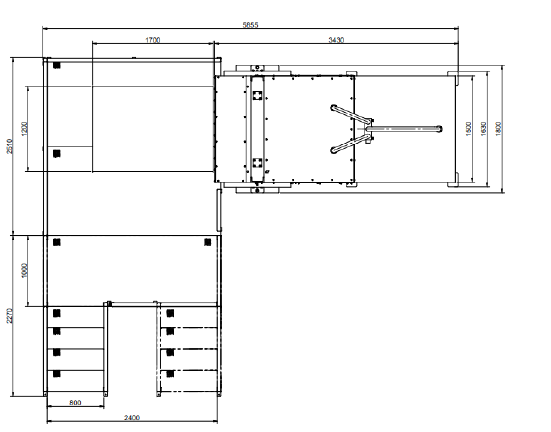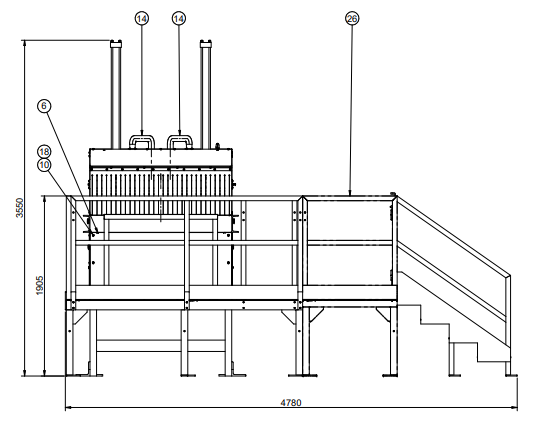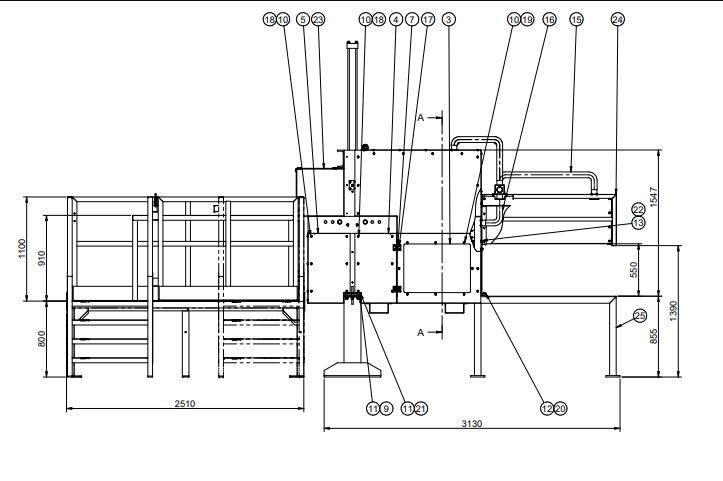Elektronik Schrott zerkleinerung installation (WEEE), die in der Lage ist, die verschiedenen Teile zu behandeln, aus denen die elektronischen Materialien bestehen, mit dem Ziel, die Eisen- und Nichteisenmetallfraktionen zurückzugewinnen. Die langjährige Erfahrung von Stokkermill mit Raffinations- und Trennsystemen ermöglicht es uns, homogene Materialien von hoher Reinheit zu erhalten. Die Produktionskapazität von WEEE-Recyclinganlagen variiert je nach den Anforderungen des Endverbrauchers und der Art der zu behandelnden Materialien.
WEEE wird im Allgemeinen in die folgenden Kategorien unterteilt:
• grosse haushaltsgeräte (kühlschränke, gefrierschränke, waschmaschinen, geschirrspüler, kochgeräte, elektrische heiz-/klimageräte)
• kleine haushaltsgeräte (mixer, reinigungsgeräte, textilverarbeitungsmaschinen, zeitmessgeräte)
• computer- und telekommunikationsgeräte (computer, drucker, kopierer, telefone und andere geräte zur übertragung von ton, bild oder anderen informationen)
• verbrauchergeräte (videokameras, videorecorder und musikinstrumente)
• beleuchtung und ausrüstung
• elektrische und elektronische instrumente (bohrer, sägen, werkzeuge zum schrauben, nageln, malen, werkzeuge für die gartenarbeit usw.)
• spielzeug und sport- und freizeitgeräte (konsolen, videospiele, sportgeräte usw.)
• medizinprodukte
• überwachungs- und kontrollinstrumente
• verkaufsautomaten
Weitere von Stokkermill Recycling Machinery entworfene und hergestellte Recyclinganlagen:
- Elektrische und elektronische Geräte und Raffinerielinien (WEEE)
- Aluminiumverarbeitungs-/Raffinationsanlagen und -linien
- Altfahrzeugbehandlungsanlagen/-linien
- Behandlungslinien für Festplatten
- Toner-Recycling-Anlagen und -Linien
- Anlagen und Linien zum Recycling von Solarmodulen
- Kabelrecyclinganlagen und -leitungen
- Verarbeitungsanlagen und -linien für elektronische Karten von PCB
- Recyclinganlagen und -linien für Kaffeekapseln
- Zerkleinerungsanlagen und Sortierlinien















